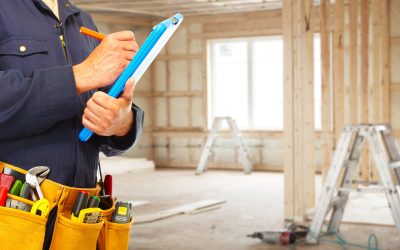Radon is an odorless, colorless, radioactive gas that is naturally emitted by soil and rocks when uranium decays. Normally, radon can rise up, seep through the soil and foundation cracks, and find its way into your home and the air around your property.
Other Routes Radon Can Find Their Way into Your Home
* Loose-fitting pipes
* Dirty floors
* Sump pits
* Block walls
* Slab joints
If your home or property lacks adequate ventilation, the concentrations of radon gas in indoor air can accumulate to dangerous levels. In fact, public health experts estimate that radon is the leading cause of lung cancer for people who do not smoke. For this reason it is crucial to contact a professional to perform radon testing in your home.
Don’t Ignore
In most cases, it is easy for most people to ignore the health risks associated with radon gas simply because you cannot smell, see or taste it. However, prolonged exposure to radon poses serious health risks, as mentioned before. Furthermore, public health experts have also established that exposure to radon is responsible for:
* Higher death rates in lung cancer patients
* Increased risk of lung cancer in smokers
* Respiratory complications
The Good News
Despite these grim prospects, there is good news. In many cases, it is usually easy to reduce the level of indoor concentrations of radon. A qualified and certified professional can assist in identifying whether radon is seeping into your building and offer solutions such as sealing cracks and installing specialized ventilation. However, the first step to ensuring that your home is safe from radon gas is to perform radon testing. While it is possible to perform the test on your own using testing kits that are available from your local hardware store, it is always advisable to let an expert do the job.
If you are one of the many property owners who has never thought of radon testing in your home, it is high time that you consider consulting a professional. It is also important to keep in mind that the levels of indoor radon concentrations can vary greatly from time to time. Generally, concentrations tend to be greater at night when doors and windows are shut, and during winter. Experts advise that you run the test over a period of at lest three months during winter or fall in order to get an appropriate reading of the concentrations in your home.
Our professionals at SWAT Environmental will offer you all the information you need about testing and mitigation procedures, along with a quote of what you need to pay for the service.


